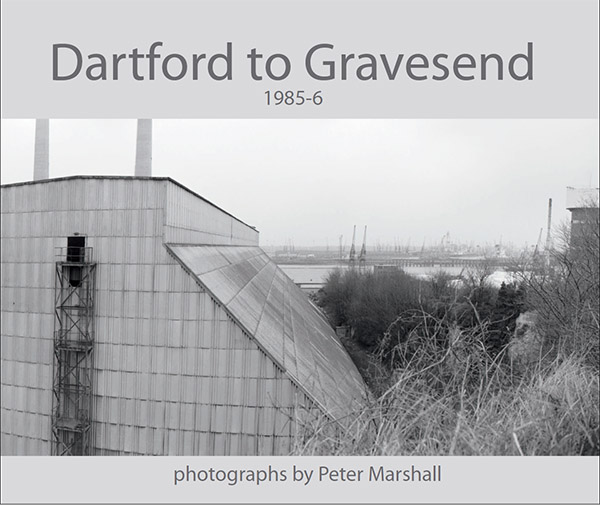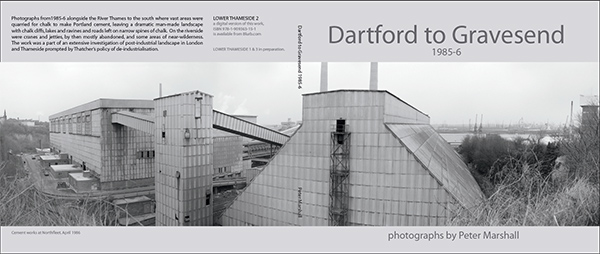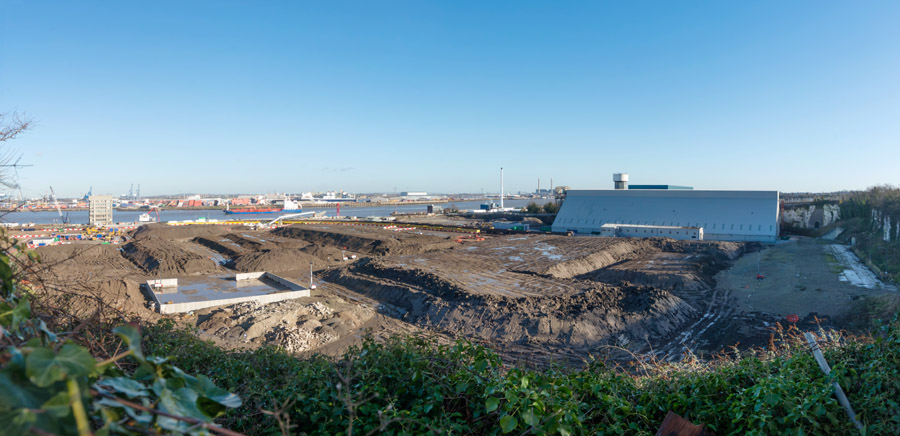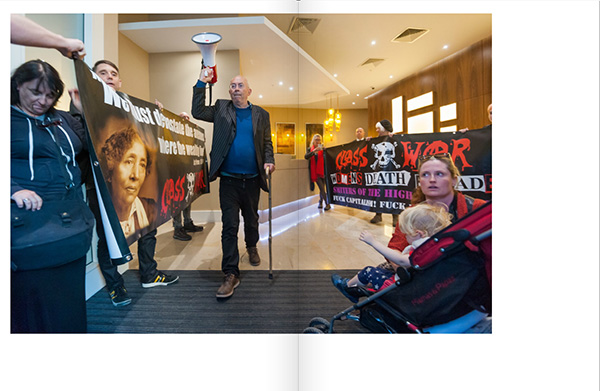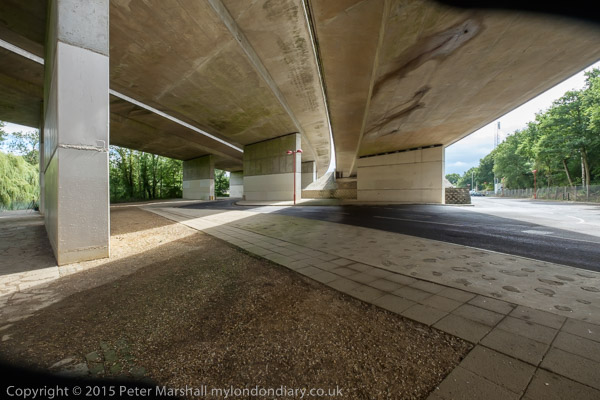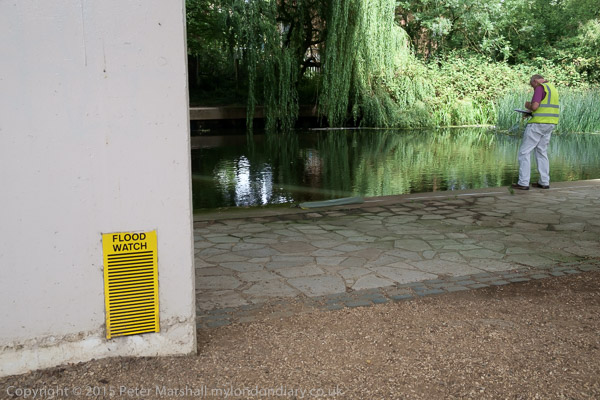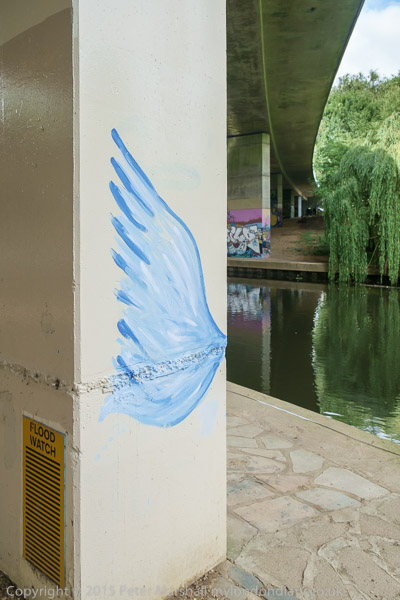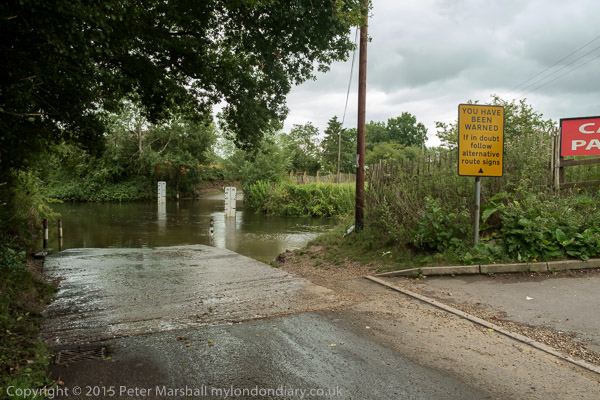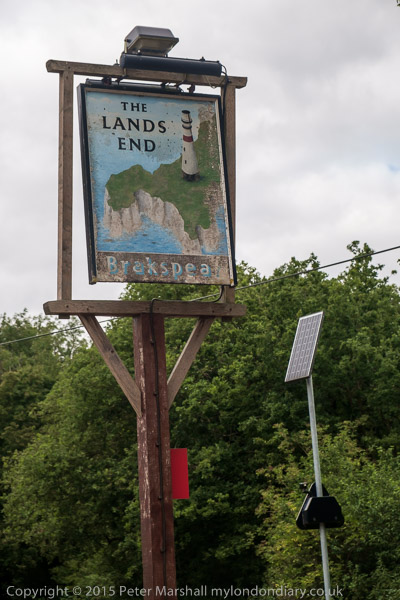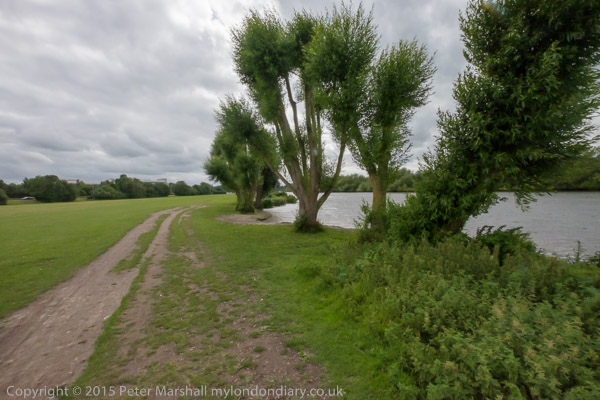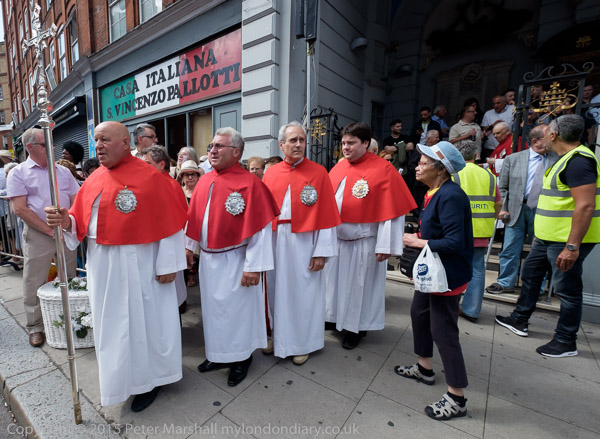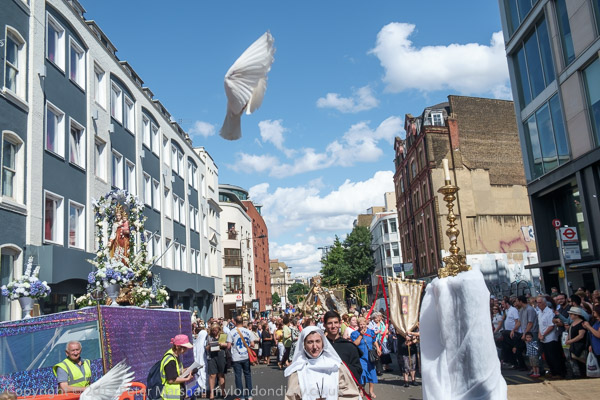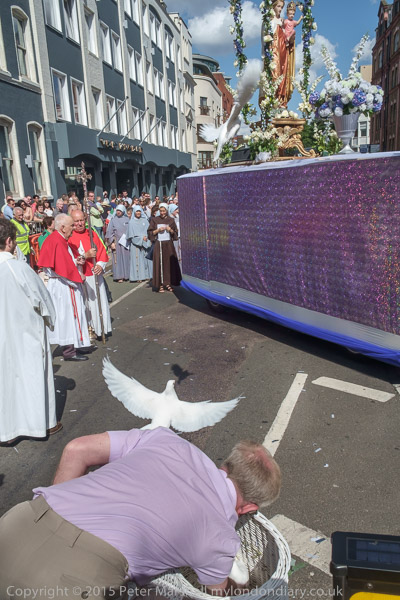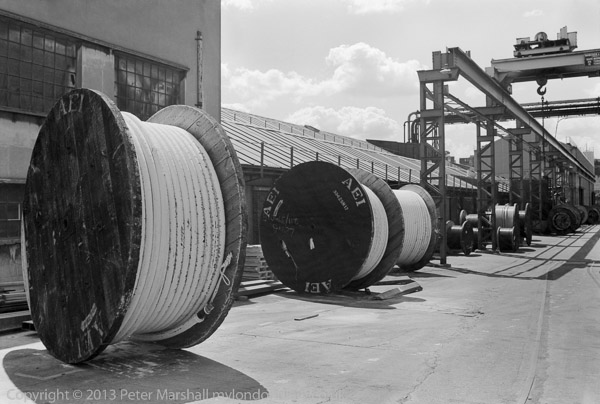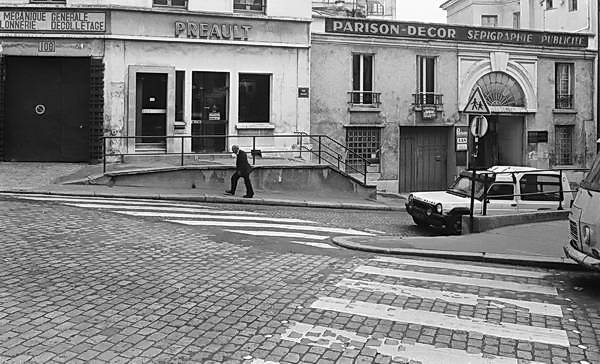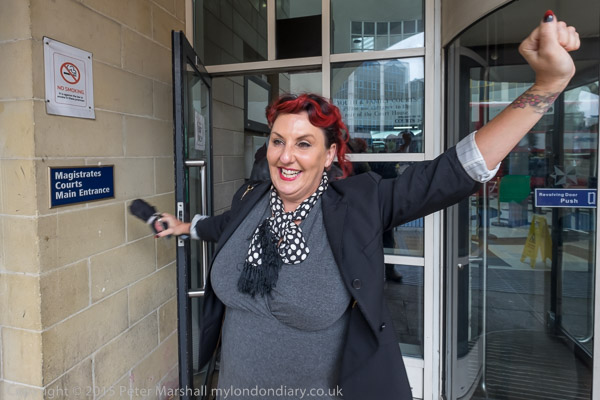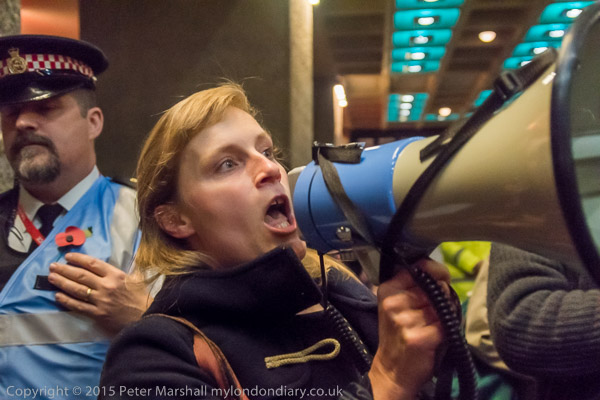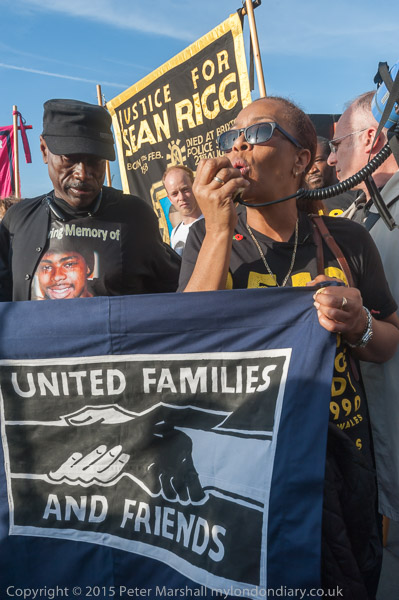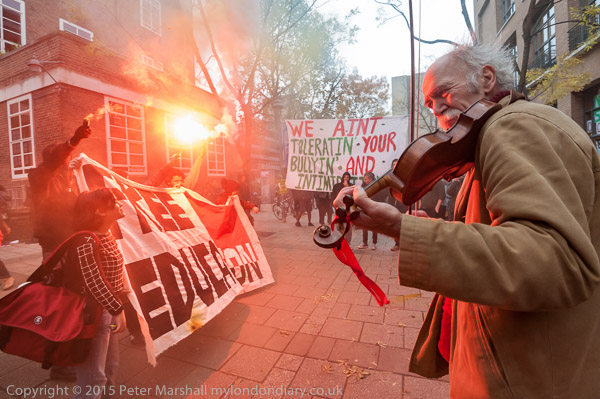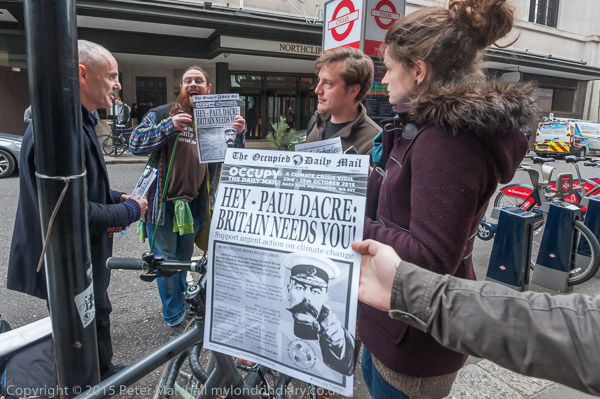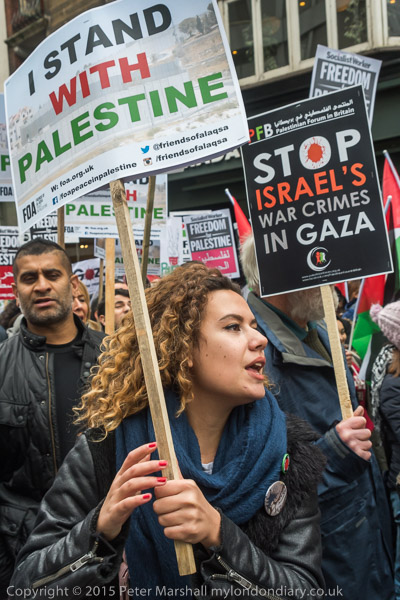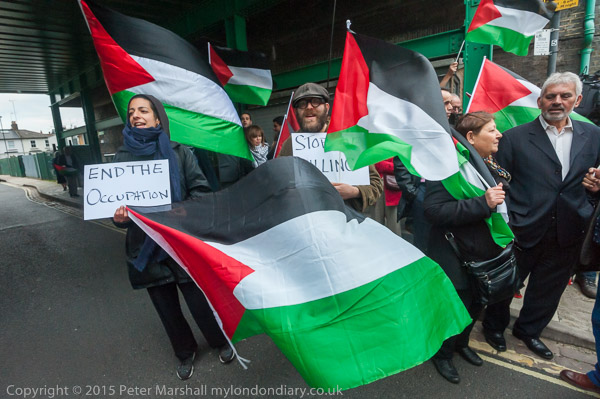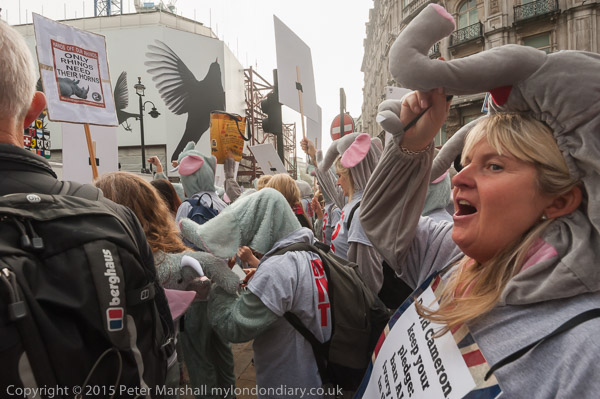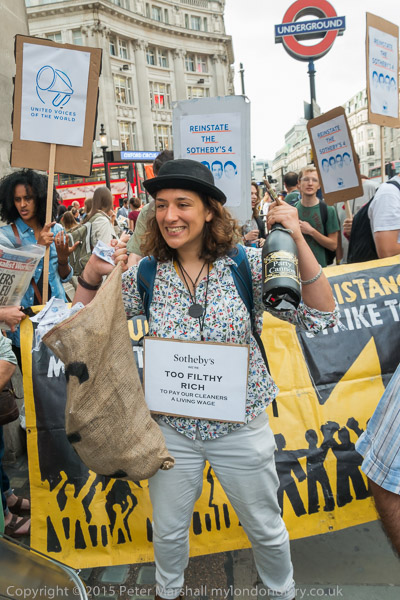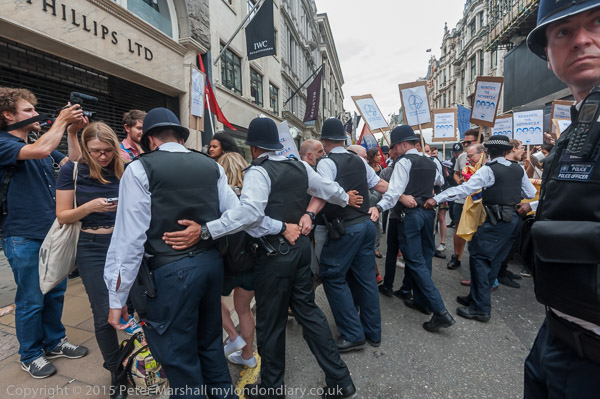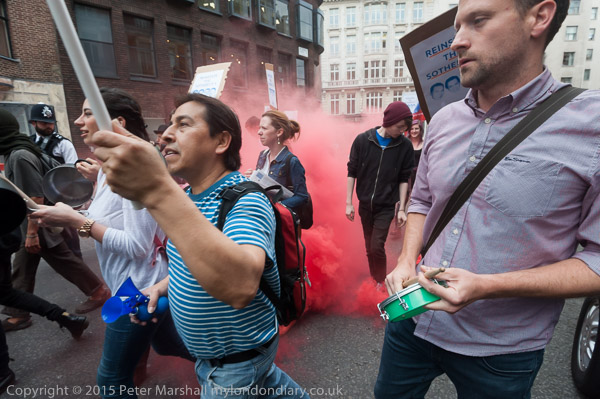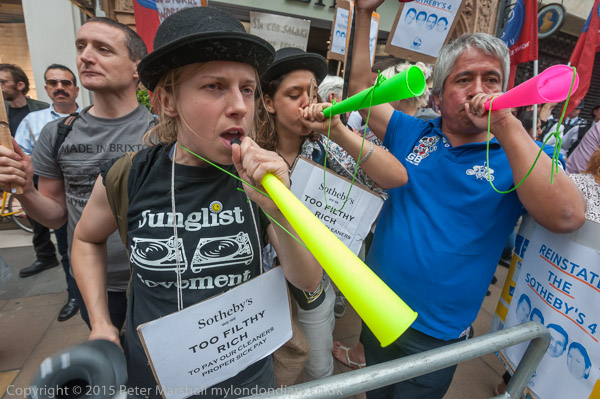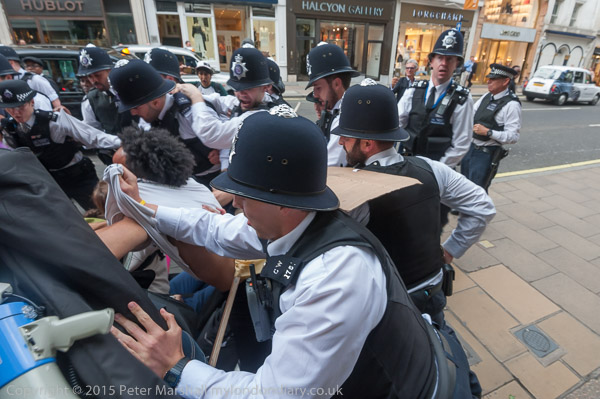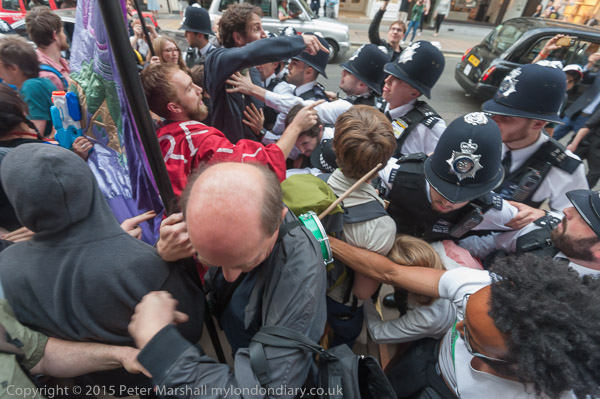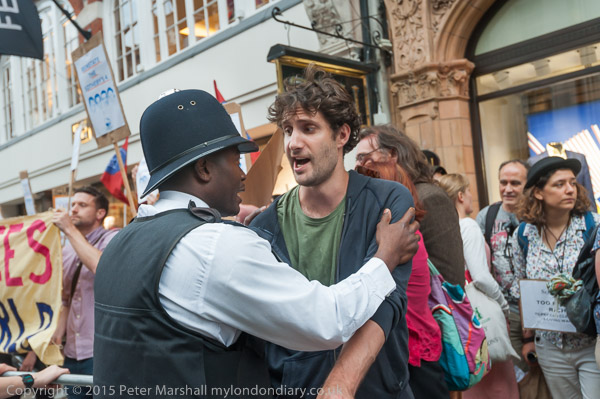Following controversies in recent years over a number of award-winning images it is good to see that World Press Photo (WPP) has come up with a Photo Contest Code of Ethics for entrants to what is the world’s leading competition for press photography.
I applaud too its firm stand against the staging of images and also its prohibition of “multiple exposures, polyptychs (diptychs, triptychs, etc.), stitched panoramas (either produced in-camera or with image editing software), and pictures with text added within the frame“.
It’s good too that the rules lay emphasis on accurate captioning, but perhaps the best of all is its guidance on the manipulation of images, making reasonably clear – with the aid of video examples the kind of work on images which is permitted and what isn’t.
I’m also pleased to say that WPP allows the submission of images that were taken digitally or on film, including those taken as RAW files. There is no attempt – unlike Reuters’ recent prohibition – to prevent photographers from using RAW.
Reuter’s present their ban as being based on both ethics and speed, but to me it seems to be a deliberate attempt at de-skilling photographers. We know that although jpegs can do a decent job in some situations, when the lighting gets tough and in particular in low light RAW can enable us to produce images that reflect things more accurately and clearly. Not taking advantage of its potential is working with one hand tied behind your back. Thank goodness I don’t work for Reuters.
The guidelines for WPP entrants are more of less those that I work by for press work, though there are some small differences. In particular I think that the kind of perspective alteration (from spherical to cylindrical) I often use to produce extreme wide-angle views would fail their manipulation tests. For me its a transparent operation which serves to make the image more closely represent the scene as I saw it. Again, although it has very seldom happened, I’d see no problem in stitching together two images of a scene if I felt a wider view was needed than one image could provide. Neither of these practices involves any intention to deceive or mislead in any way.
Last Tuesday I went to view the latest WPP exhibition currently on show at the Royal Festival Hall in London. It continues there until 29 Nov 2015 and is open daily from 10.00 to 23.00 and is certainly worth taking a look, with a number of fine images. If you can’t get to see it you can still see all the winning images on line.
It’s perhaps a rather wider selection of images than in previous years and one I found more interesting in the different approaches shown. It’s certainly good news that the WPP are taking firm steps to guarantee the integrity of the photography it selects, and I hope their stand will become a benchmark for photographers around the world.
If you wish to enter the 2016 World Press Photo Contest you must register for access to the entry site between 2 December 2015 and 7 January 2016, 12.00 CET, and submit your work by 13 January 2016, 12.00 CET. The rules are clearly set out and entry is open to all professional photographers.
